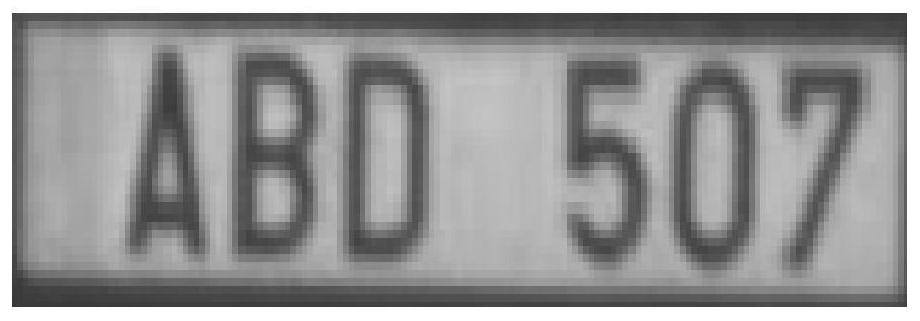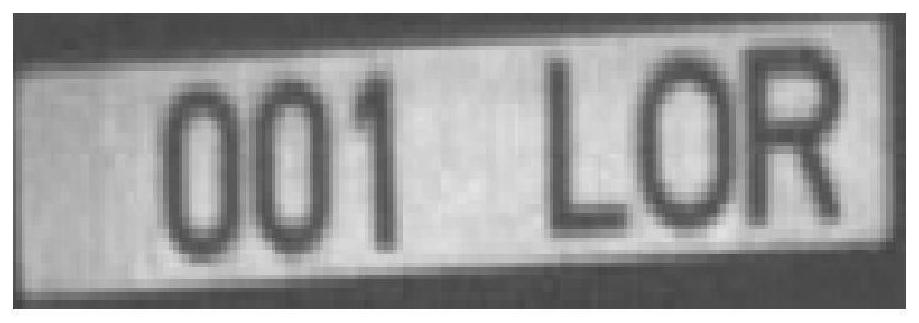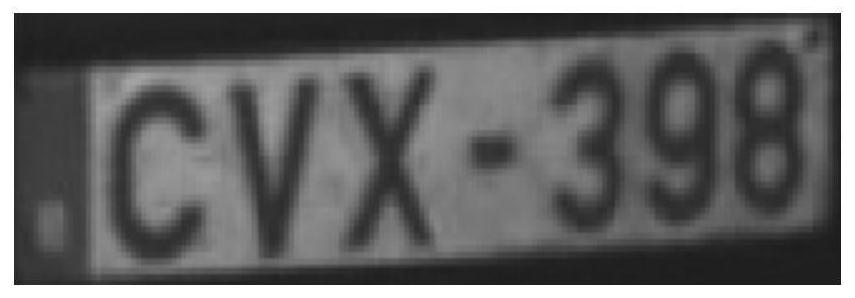License plate classification method, license plate classification device and computer readable storage medium
A license plate classification and license plate technology, applied in the field of image processing, can solve the problems of difficulty in collecting data, high license plate similarity, and low classification accuracy, so as to reduce the difficulty of learning and improve the accuracy.
- Summary
- Abstract
- Description
- Claims
- Application Information
AI Technical Summary
Problems solved by technology
Method used
Image
Examples
Embodiment Construction
[0019] The following will clearly and completely describe the technical solutions in the embodiments of the present application with reference to the drawings in the embodiments of the present application. Obviously, the described embodiments are only some of the embodiments of the present application, not all of them. Based on the embodiments in this application, all other embodiments obtained by persons of ordinary skill in the art without making creative efforts belong to the scope of protection of this application.
[0020] For the convenience of illustrating the principle and motive of the scheme provided by the present application, now give an example, Figure 1(a)-1(c) Figure 1(a) is the license plate of country A, Figure 1(b) is the license plate of country B, Figure 1(c) is the license plate of country C, and the license plate of country A The appearance similarity with the license plate of country B is extremely high, and it cannot be accurately classified by ordinar...
PUM
 Login to View More
Login to View More Abstract
Description
Claims
Application Information
 Login to View More
Login to View More - R&D
- Intellectual Property
- Life Sciences
- Materials
- Tech Scout
- Unparalleled Data Quality
- Higher Quality Content
- 60% Fewer Hallucinations
Browse by: Latest US Patents, China's latest patents, Technical Efficacy Thesaurus, Application Domain, Technology Topic, Popular Technical Reports.
© 2025 PatSnap. All rights reserved.Legal|Privacy policy|Modern Slavery Act Transparency Statement|Sitemap|About US| Contact US: help@patsnap.com



